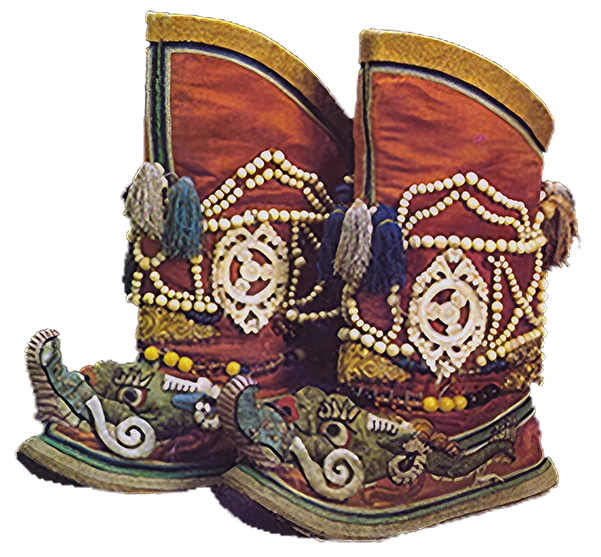
Basic information about Nepal
Nepal, nestled between China and India, has a population of approximately 30 million. Famous for its Himalayan peaks, including Mount Everest, Nepal’s economy is supported by agriculture, tourism, and remittances, with a growing focus on hydroelectric power.
Basic Statistics for Nepal
| Category | Data |
|---|---|
| Total Area | 147,516 sq km |
| Population (2023 est.) | 30.896 million |
| Population Density | 209.5 per sq km |
| Capital City | Kathmandu |
| Major Languages | Nepali (official) |
| GDP (PPP) 2022 | $147.96 billion |
| GDP Per Capita (PPP) | $4,776 |
| GDP (Nominal) 2022 | $36.29 billion |
| GDP Per Capita (Nominal) | $1,169 |
| Gini Coefficient (2010) | 32.8 |
| Human Development Index (2022) | 0.602 |
| Currency | Nepalese Rupee (NPR) |
| Time Zone | UTC +5:45 |
| Driving Side | Left |
| Calling Code | +977 |
| Internet TLD | .np |
| Life Expectancy | 70.8 years |
| Literacy Rate | 67.9% |
Public Holidays in Nepal
- New Year’s Day: January 1
- Maha Shivaratri: Date varies (Hindu calendar)
- Holi: Date varies (Hindu calendar)
- Nepali New Year: April 14
- Buddha Jayanti: Date varies (Lunar calendar)
- Indra Jatra: Date varies (Lunar calendar)
- Dashain: Date varies (Lunar calendar)
- Tihar: Date varies (Lunar calendar)
- Constitution Day: September 20
Geography
Nepal is known for its diverse geography, from the high Himalayas, including Mount Everest, to the fertile plains of the Terai. The country experiences a wide range of climates, from tropical to arctic, within a relatively small area.
Government and Political System
Nepal is a federal democratic republic with a multi-party system. The President is the head of state, and the Prime Minister is the head of government. The country transitioned to a republic in 2008 after centuries of monarchy.
Economy Overview
Nepal’s economy is primarily based on agriculture, tourism, and remittances from abroad. Hydroelectric power is a growing sector, with significant potential for future development.
Health and Safety
Travelers should have comprehensive travel insurance and be aware of healthcare facilities, which can be limited in remote areas. Vaccinations for hepatitis A, typhoid, and other common diseases are recommended. Learn more about health and safety.
Education
Education in Nepal is compulsory up to the secondary level. The country has several universities and higher education institutions that contribute to its educational framework.
Environmental Concerns
Nepal faces environmental challenges such as deforestation, water pollution, and the impacts of climate change. Conservation efforts include reforestation projects and initiatives to protect biodiversity.
Cultural Etiquette and Norms
Nepali culture is characterized by its diversity, with numerous ethnic groups and traditions. Respect for elders and hospitality are important values. Visitors should dress modestly and respect local customs.
Entry Procedures
All foreigners, except the Indians, need to have a valid passport and a visa to enter Nepal. Visas can be availed from Nepali diplomatic missions and consular offices station abroad or upon arrival at Tribhuvan International Airport and other entry points.
Sources:
Asian Development Bank (ADB)
World Bank
Worldometer











